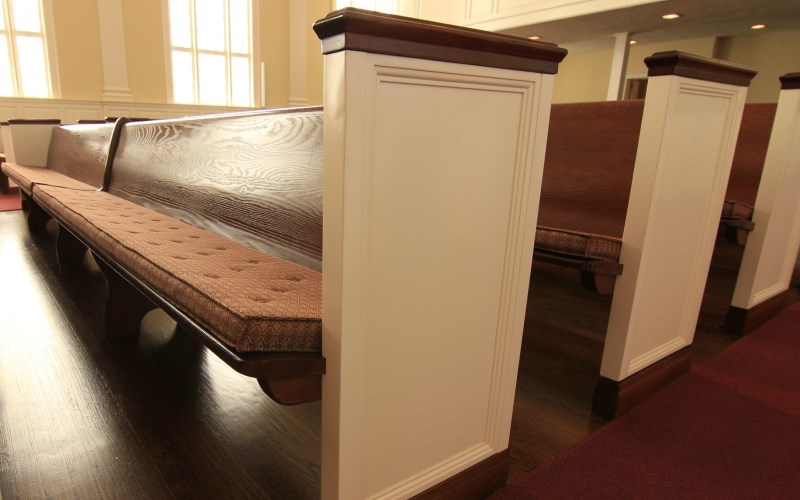According to new data from LifeWay Research, the pandemic is only partly to blame for the falling attendance in American churches. The main reason is that young people are leaving the Church, if they ever even came in the first place.
In 2017, LifeWay found that 7 of 10 once regular 18- to 22-year-old church attenders had stopped going. The reason many gave is that they disagreed with their churches' stance on social or political issues or that their life choices were not accepted there.
LifeWay Research also relayed in 2021 that more Protestant churches are closing than opening, continuing a decades-long congregational slide that is only expected to accelerate.
Dr. Alex McFarland of "Exploring the Word" on AFR is quick to point out that the news is not all bad.
"The churches that are declining are declining rapidly, [but] the churches that are growing are growing rapidly," he notes.
While it may be troubling for many church leaders to learn that two-thirds (66%) of American young adults who attended a Protestant church regularly for at least a year as a teenager say they also dropped out for at least a year between the ages of 18 and 22, the numbers appear more hopeful when compared to a 2007 study from LifeWay Research. Previously, 70% of 18- to 22-year-olds left church for at least one year.
Meanwhile, McFarland says the healthy churches are not tickling any ears.

"Overwhelmingly, the churches that are growing, healthy, and are attracting many first-time people getting their toe in the water, it's people that are wanting some substance," the apologist relays.
Even so, the Church is facing some headwinds with younger people, who have been told for decades to follow "your own truth," that reality bends to their preferences, and that people are what they feel. But McFarland says the gospel cannot be compromised just to keep kids in the pews.
"We're not doing the lost world any favors if we're not straight up with them about what it means to know God," he asserts.
Regarding the church closings, scholars cautioned that accurate information is hard to come by, but the numbers of closings are still relatively small, representing a loss of 1.4%.







